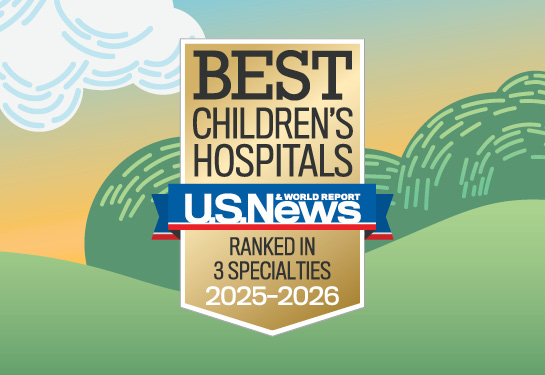Orthopaedic Trauma and Fractures
Our orthopaedic team specializes in advanced treatments for orthopaedic trauma and fractures.
Medically reviewed by Mark Lee, M.D. on March 03, 2024.
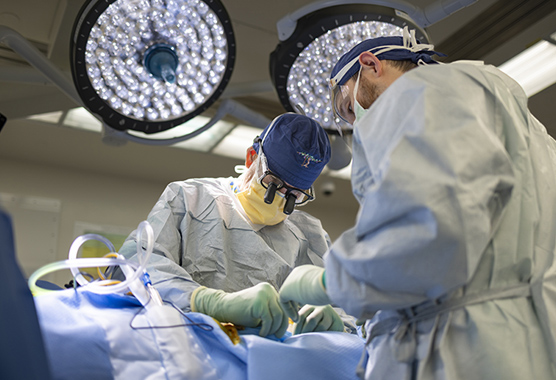
Highly Ranked Orthopaedic Trauma Care
Experts at UC Davis Health Department of Orthopaedic Surgery provide the highest-level orthopaedic trauma and fracture care services at our level 1 trauma center.
UC Davis Medical Center is home to one of only three medical centers in the state with level 1 trauma center designation for both adult and pediatric trauma. This American College of Surgeons’ designation reflects our ability to provide the highest-level trauma care. All of our fracture care is provided by specialists trained in fracture repair.
Types of Orthopaedic Trauma and Fracture Care
Broken bones, or fractures, occur when pressure from an accident, sports injury, fall or other trauma causes a bone to bend too much and break.
Mild pressure can cause a bone to crack slightly. Extreme pressure from a traumatic event like a car accident or gunshot can cause bone to shatter.
There are different types of bone fractures based on the severity of the break:
- Closed (simple) fracture: The skin is intact over the broken bone.
- Open (compound) fracture: Broken bone pierces the skin or is visible through an open wound.
- Stable fracture: The broken ends are barely out of alignment.
- Oblique (complete) fracture: The fracture occurs at an angle and goes completely through the bone.
- Transverse fracture: The bone fracture occurs in a straight (horizontal) line across the width of the bone.
- Comminuted fracture: A bone shatters into three or more pieces, creating bone fragments.
Bone Fracture Symptoms
Most people experience immediate, severe pain when they break a bone. Less severe stress fractures cause pain that’s easier to dismiss.
Common Symptoms
Signs of bone fractures include:
- Bruising or redness
- Difficulty moving the injured area
- Pain, swelling or tenderness in the injured area
- Unusual bump or change in appearance (deformity)
Emergency Symptoms
Signs of a compound (open) fracture include:
- Bleeding
- Bone that pokes through the skin
- Bone that’s visible through an open wound
- Intense, sharp pain
Orthopaedic Trauma and Fracture Causes
Some of the more common causes of orthopaedic trauma and fractures include:
Traumatic Events
Car accidents, gunshots, falls and sports injuries can cause one or more bones to break.
Existing Conditions
Conditions like celiac disease, metabolic bone disease, osteoporosis and vitamin D deficiency make bones more fragile.
Overuse
Repetitive movements, such as running or sports training, can cause a small crack in a bone. These stress fractures tend to happen gradually from overuse.
Orthopaedic Trauma and Fracture Risk Factors
There are some factors that can increase the risk for trauma and factures, including:
Young Age
Children are more prone to fractures than adults because their still-growing bones have more cartilage (soft tissue). Kids are also more active. They’re more likely to break a bone while playing sports or falling off a swing.
Older Age
Older people, especially postmenopausal women, are prone to osteoporosis. This condition causes low bone density (thin bones) to break more easily.
Chronic Conditions
Conditions like celiac disease, Crohn’s disease and ulcerative colitis can affect the body’s ability to absorb calcium needed for strong bones.
Family History
You may be more prone to bone fractures if a family member has a history of broken bones. Some families have inherited genetic conditions that make bones more fragile.
Steroids
Corticosteroid medications to treat rheumatoid arthritis, inflammatory bowel disease (IBD) and other autoimmune diseases can weaken bones. The misuse of anabolic steroids to build muscle has the same effect.
Use of Cigarettes and Alcohol
Smoking and drinking alcohol in excess, especially during young adulthood when bones are forming, can decrease bone mass and strength.
Diagnosing Broken Bones
Treatments for Orthopaedic Trauma and Fractures
Treatments for bone fractures depend on the severity and type. Some fractures require a specialized team approach. At UC Davis Health, we bring together all the experts you need.
Your care team members may include:
Casts and Braces
Casts and braces keep broken bones in place while they mend. You may also need crutches to keep weight off a broken foot, ankle, leg or hip.
Traction
Traction uses steady pulling action to stretch muscles and tendons. This allows broken bones to shift into proper alignment. Traction takes place in bed in the hospital using a metal frame and a system of pulleys, ropes and weights.
Orthopaedic Surgery
Our surgeons perform open reduction surgery for compound, comminuted or other severe fractures to move bone fragments into place. Metal plates, rods, pins and screws (internal fixation devices) hold the fragments together while they heal.
Surgery and External Fixation Device
Some severe fractures require surgery to realign bones and an external fixation device to hold them in place during early soft tissue healing. These stabilizing frames on the outside of the skin attach to internal fixation devices that hold the bone fractures together.
Physical Therapy
Physical therapy can help you regain strength and range of motion after an orthopaedic trauma or severe bone fracture.
Preventing Bone Fracture
These steps can help build strong bones and prevent fractures:
- Be sure to get enough calcium, vitamin D and phosphorous in your diet.
- Engage in weight-bearing exercises, especially from childhood through young adulthood, to build strong bones.
- Get safe sun exposure for vitamin D, which your body needs to absorb calcium and maintain strong bones.
- Seek help to quit smoking through our Stop Tobacco Program (SToP). Cut back on alcohol.
- Take calcium and vitamin D supplements, as recommended by your physician.
- Wear appropriate protective gear when playing sports. And always wear your seatbelt.
Who Does It Affect?
178MPeople worldwide break a bone every year
Request an Appointment
As Sacramento's No. 1 hospital, you'll benefit from unique advantages in primary care and specialty care. This includes prevention, diagnosis and treatment options from experts in 150 specialties.
Referring Physicians
To refer a patient, submit an electronic referral form or call.
800-4-UCDAVIS
Patients
Call to make an appointment.
Consumer Resource Center
800-2-UCDAVIS
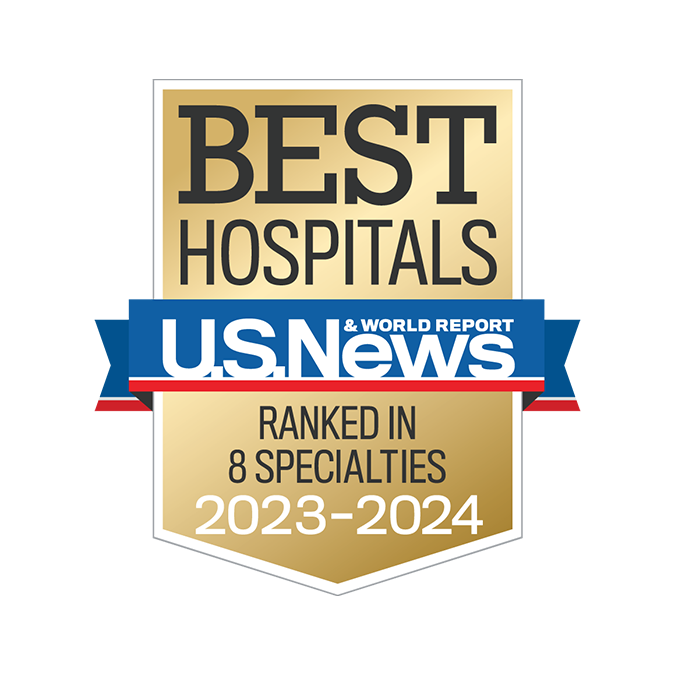
Ranked among the nation’s best hospitals
A U.S. News & World Report best hospital in cardiology, heart & vascular surgery, diabetes & endocrinology, ENT, geriatrics, neurology & neurosurgery, and pulmonology & lung surgery.

Ranked among the nation’s best children’s hospitals
U.S. News & World Report ranked UC Davis Children’s Hospital among the best in pediatric nephrology, orthopedics*, and pulmonology & lung surgery. (*Together with Shriners Children’s Northern California)
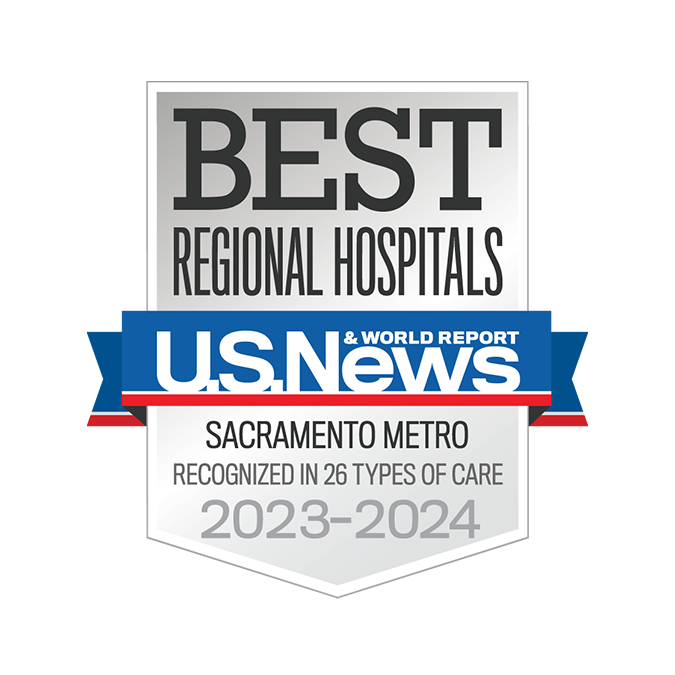
Ranked Sacramento’s #1 hospital
Ranked Sacramento’s #1 hospital by U.S. News, and high-performing in aortic valve surgery, back surgery (spinal fusion), COPD, colon cancer surgery, diabetes, gynecological cancer surgery, heart arrhythmia, heart failure, kidney failure, leukemia, lymphoma & myeloma, lung cancer surgery, pacemaker implantation, pneumonia, prostate cancer surgery, stroke, TAVR, cancer, orthopedics, gastroenterology & GI surgery, and urology.
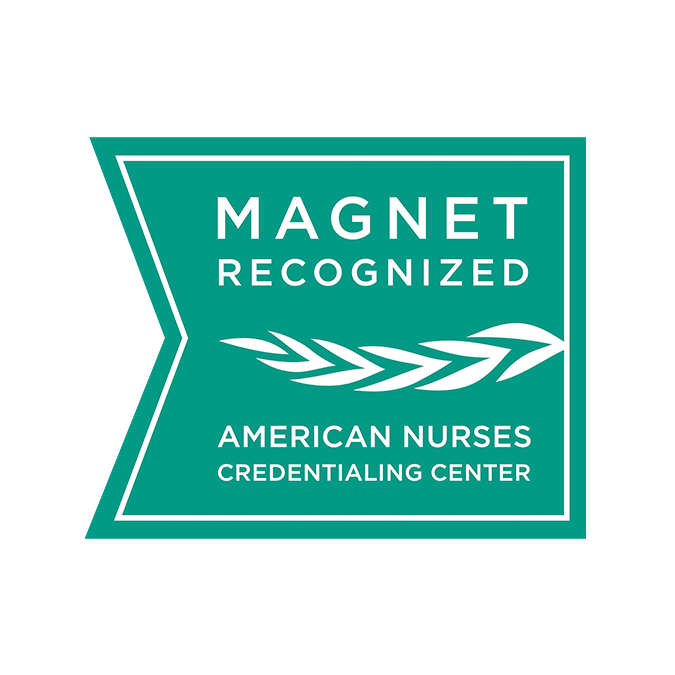
The nation’s highest nursing honor
UC Davis Medical Center has received Magnet® recognition, the nation’s highest honor for nursing excellence.
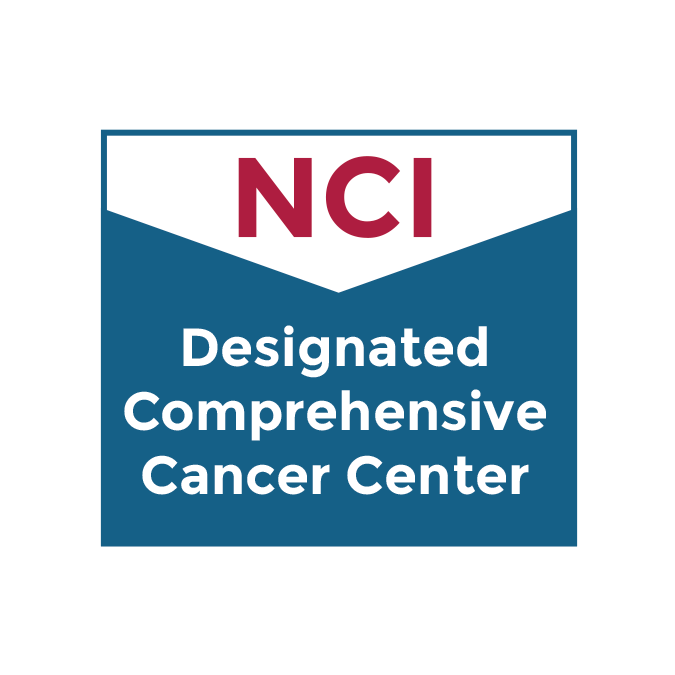
World-class cancer care
One of ~59 U.S. cancer centers designated “comprehensive” by the National Cancer Institute.

A leader in health care equality
For the 13th consecutive year, UC Davis Medical Center has been recognized as an LGBTQ+ Healthcare Equality Leader by the educational arm of America’s largest civil rights organization.

